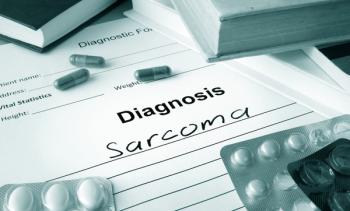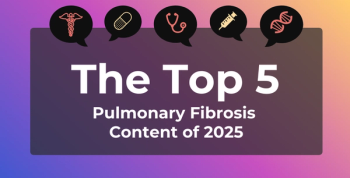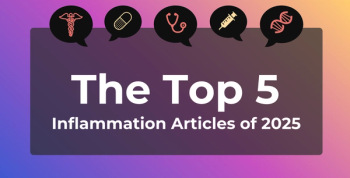An article in Forbes cited a 2013 supplement to The American Journal of Managed Care® (AJMC®) on Medicare Part D and congestive heart failure. The article, “The Economic Impact of Medicare Part D on Congestive Heart Failure,” found that improved medication adherence associated with the expansion of drug coverage under Part D led to nearly $2.6 billion in reductions in medical expenditures annually among beneficiaries diagnosed with congestive heart failure who did not previously have comprehensive drug coverage.
The National Comprehensive Cancer Network’s eBulletin mentioned AJMC®’s article “Researchers Identify 5 Risk Factors for Blood Clots in Patients With MM Treated With IMiDs,” which reported that a new assessment model may help predict venous thromboembolism in patients with multiple myeloma (MM).
The study “Potential Benefits of Increased Access to Doula Support During Childbirth,” published in AJMC® in 2014, was included in an article from Romper. The study found that women with doula support have lower odds of nonindicated cesarean sections compared with those who did not have a doula, as well as those who desired but did not have a doula. The researchers concluded that increasing awareness of doula care and access to support from a doula may facilitate decreases in nonindicated cesarean rates.
The Heartland Institute’s Policy Tip Sheet on telehealth reform referred to a 2015 study published in AJMC®, “Leveraging Remote Behavioral Health Interventions to Improve Medical Outcomes and Reduce Costs,” in which researchers found that telehealth patients scored lower for depression, anxiety, and stress and had 38% fewer hospital admissions.
An article from Thrive Global included an article from AJMC® that reported on mental health issues increasing among adolescents and young adults. The article, “Mental Health Issues On the Rise Among Adolescents, Young Adults,” covered study findings indicating that rates of mood disorders and suicide-related outcomes have increased significantly among the age groups, and the rise of social media may play a part.
With advocacy groups calling on policy makers to act on violence against healthcare workers, an article from Florence Health cited an AJMC® article covering the issue. The article, “Violence Against Healthcare Workers: A Rising Epidemic,” reported that 75% of nearly 25,000 workplace assaults occur annually in healthcare settings, but only 30% of nurses and 26% of emergency department physicians have reported incidents of violence.
The National Pharmaceutical Council’s Wednesday CER Daily Newsfeed included AJMC®’s interview with A. Mark Fendrick, MD, professor of medicine in the School of Medicine, professor of health management and policy in the School of Public Health, and director of the VBID Center at the University of Michigan. During the interview, Fendrick discussed the importance of low or no cost sharing for high-value services for public health issues and epidemics.








































